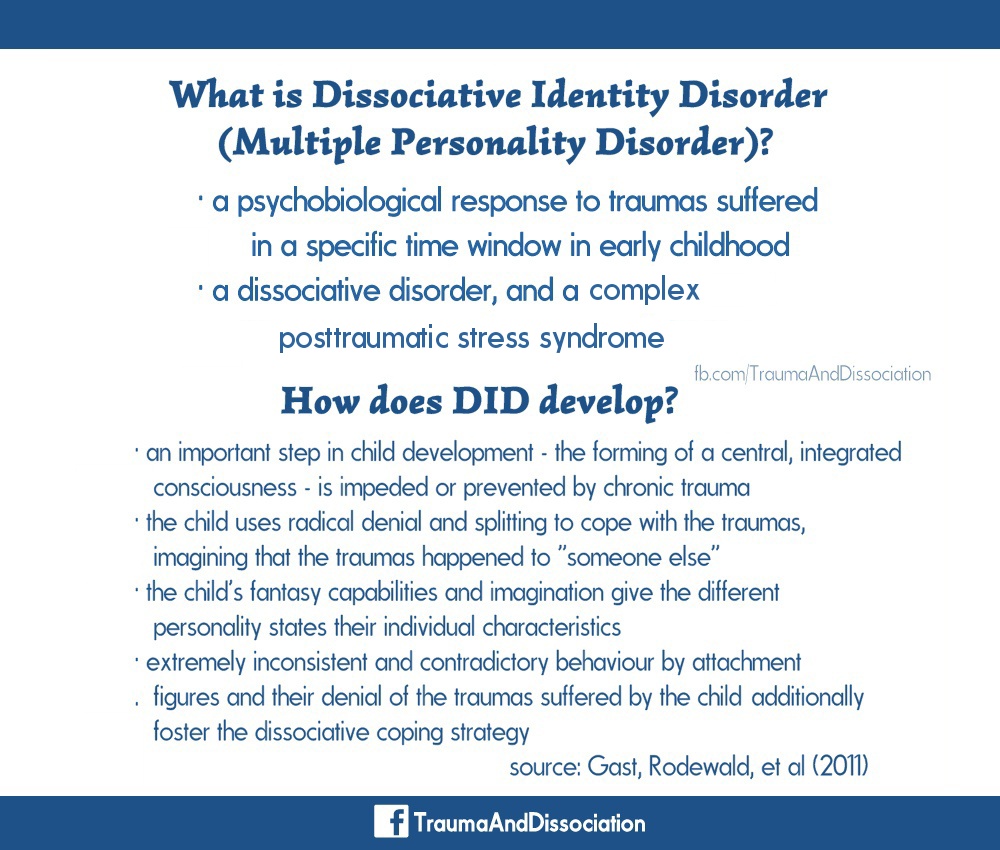Time-Restricted Eating: Is It the Healthiest Choice?
Is it possible to have a positive impact on our physical and mental health with our food choices? All it takes is being conscious and mindful of the meals we eat and when. Scientists are studying its effects with an interesting approach: Time-Restricted Eating. Find out more about this exciting and powerful diet concept.
1. Understanding the Benefits of Time-Restricted Eating
Time-restricted eating is a new and growing way of eating that has become popular among health loyalists. It’s based on the idea of giving your body a break from constant snacking while improving your overall well-being and health. A normal day of time-restricted eating is limited to a certain window of time where you are allowed to eat, typically 8-10 hours with no food for the rest of the day, depending on your preference.
By setting a specific window for eating, you don’t need to worry about constantly counting calories or weigh yourself every day. It also improves body composition by promoting weight loss, reducing cholesterol levels, and controlling hormones. Additionally, time-restricted eating improves your focus and energy levels. It helps the body produce serotonin and dopamine, which regulate digestion, sleep, appetite, and focus.
- Benefits:
- Promotes weight loss
- Reduces cholesterol levels
- Controls hormone levels
- Improves focus and energy
- Regulates the production of serotonin
- Regulates the production of dopamine

2. Examining the Healthier Options of Time-Restricted Eating
Time-restricted eating is gaining traction among those looking for improved health and general wellbeing. Without compromising on nourishment, one can explore a healthier and more balanced diet by simply timing their meals, snacks and drinking water.
- Widening of the Eating Window: Eaters can limit daily meals to a certain number of hours per day and the schedule of eating can be adjusted regularly. A typical eating period can range from four to eight hours, allowing individuals to spread out their daily calorie intake throughout the day. Doing so allows for a wider selection of foods and a more varied meal creation.
- No Starvation Mode: Contrary to popular belief, allowing for periods of fasting does not induce ‘starvation mode’. Scarcity of calories during the fasting window does not shut off the metabolism, as some may believe. In fact, the process of Autophagy and other metabolic processes have been found to be enhanced during fasting, as opposed to a state of starvation.
Furthermore, with time-restricted eating, you’re less likely to snack mindlessly or eat unhealthy food just because it’s convenient. This decreased the likelihood of consuming high amounts of sugar, excess carbohydrates or trans-fat, making time-restricted eating one of the healthier options amongst restrictive or fasting diets.
3. Pros and Cons of Incorporating Time-Restricted Eating into Your Diet
There are both advantages and disadvantages to incorporate time-restricted eating into your diet. Here are key points to consider before determining if this strategy is right for you.
Pros
- Aids in weight loss as it helps to regulate your diet
- Helps to improve sleep which can lead to a better overall quality of life
- Gives you more energy as fasting for long periods of time reduces insulin levels
- Decreases your risk of disease as fasting has been connected to a lower risk of diabetes, stroke, and cardiovascular disease
Cons
- Can be difficult to adhere to, especially if social gatherings are involved
- May be time-consuming to keep track of meals and fasting windows
- Can lead to confusion or frustration as it may take time to adjust the body to intermittent fasting
- Results in hunger as it can be difficult for some people to not snack or eat throughout the day
4. Strategies for Incorporating Time-Restricted Eating into Your Lifestyle
Fitting time-restricted eating into your lifestyle doesn’t have to be a daunting task. Here are 4 strategies to get you started:
- Start Small: Start by reducing your eating window gradually. This will make it easier to manage and adjust to your new eating plan.
- Be Flexible: There will be times when your eating window needs to be adjusted. Don’t get discouraged if this happens.
- Be Patient: It may take some time to establish a consistent eating window. Stick to the plan and the results will come.
- Track Your Progress: Use a diet and exercise tracker to monitor your progress and ensure an accurate measure of your success.
By following these strategies, you’ll eventually develop the habit of time-restricted eating and see the results you’ve been aiming for.
5. Making an Informed Decision: Is Time-Restricted Eating Right for You?
It’s important to approach deciding whether time-restricted eating is right for you with an informed decision. There are a few important factors to consider when making such a decision.
- Your health needs: Consider whether or not time-restricted eating can help support any health conditions you might have such as diabetes, hypertension or high cholesterol. Always consult with your doctor first.
- Your lifestyle: Calculate where time-restricted eating fits into your daily routine, especially if you work late or have a varying schedule. Make sure to plan out what you’ll eat and stick to it.
- Your goals: Consider whether this type of eating can help you reach your fitness or health goals. If you’re interested in losing weight, for example, you may find time-restricted eating helps you succeed.
- Your preferences: Finally, reflect on your personal preferences. Do you find fasting difficult or do you enjoy the challenge? Is breakfast your favorite meal or do you prefer to have a substantial dinner and few small meals throughout the day?
Once you’ve considered these elements carefully, you can make an informed decision. Ultimately, the best way to decide is to give time-restricted eating a try for a few weeks and see how it works for you.
Asked Questions
Q: What is Time-Restricted Eating?
A: Time-Restricted Eating is an eating pattern whereby meals and snacks are limited to a certain window of time each day. This eating pattern encourages healthier eating habits and encourages a better understanding of how food choices impact overall health.
Q: What are the health benefits of Time-Restricted Eating?
A: Time-Restricted Eating can have a positive impact on both physical and mental health. This eating pattern has been linked to improved digestion, weight management, better blood sugar control, and decreased inflammation. It has also been associated with improved sleep, increased energy levels, enhanced cognitive functions, and decreased stress.
Q: What foods are best suited for Time-Restricted Eating?
A: Eating a balanced diet is the best way to practice Time-Restricted Eating. This includes eating a variety of foods from each of the food groups, including fruits, vegetables, protein, dairy, and whole grains. It is also important to focus on eating nutrient-dense foods that provide essential vitamins and minerals.
Q: Is Time-Restricted Eating right for everyone?
A: Everyone has a different relationship with food and different dietary needs and preferences. It is important to listen to your body and to consult with your healthcare provider before making any changes to your dietary habits. This can help ensure that you make the best decision for your health and wellness.
Time-restricted eating has clearly come to the fore as a promising choice for healthier eating. We can see throughout this article the huge potential it holds for creating a healthier lifestyle. All that’s left is for you to make the most of these achievable methods and take on time-restricted eating as a powerful tool in the pursuit of greater wellness.


